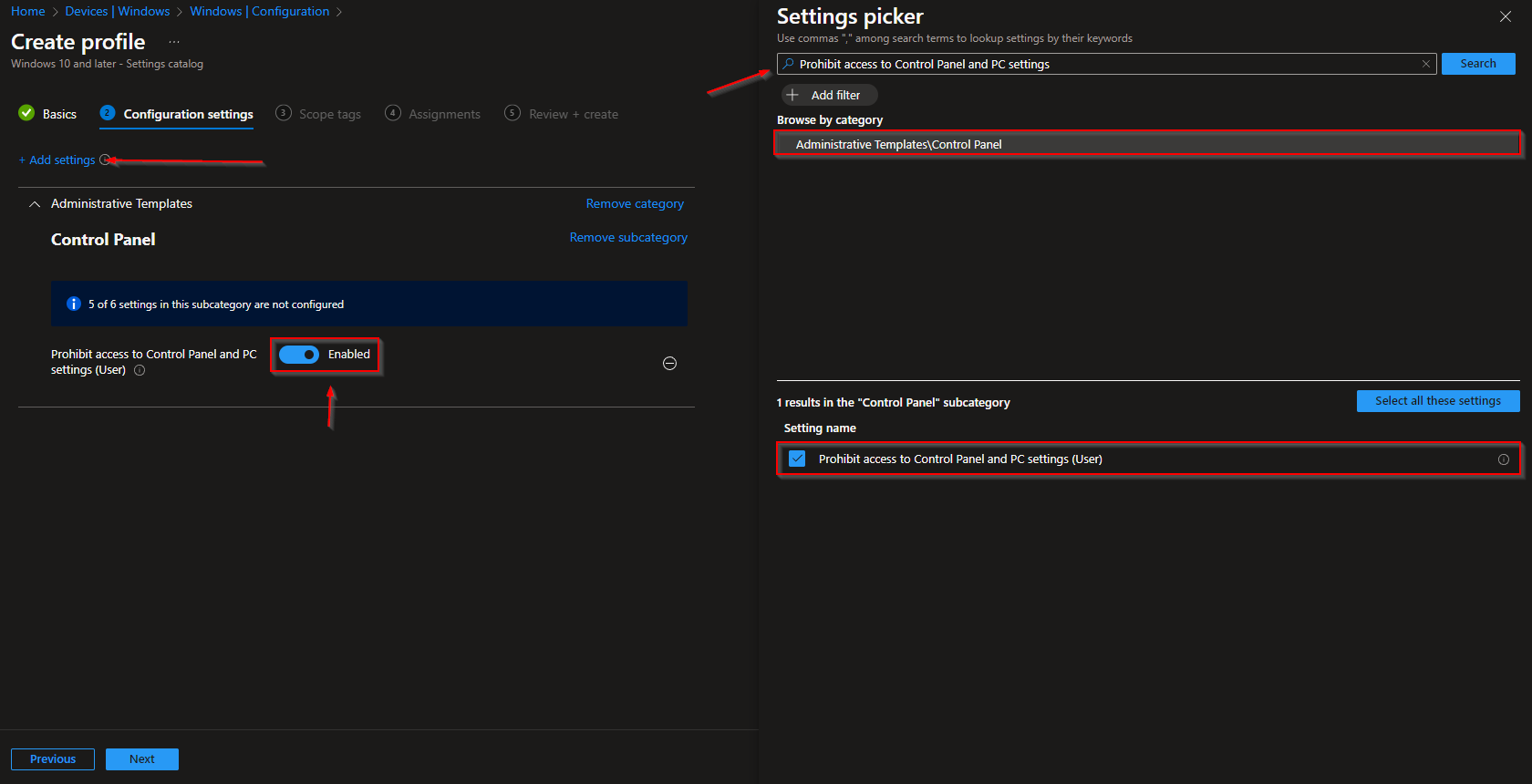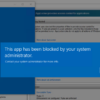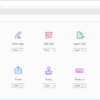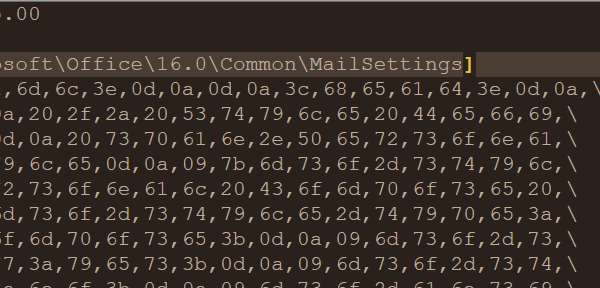Welcome to our latest blog post on How to block Control Panel and Windows Settings with Microsoft Intune. In this article, we’ll explore the best practices for blocking the Settings and Control Panel, helping you to get the most out of Microsoft Intune. Whether you’re new to Intune or looking to enhance your existing setup, these tips will guide you toward a more secure and efficient management experience.
Table of Contents
Why blocking Control Panel and Windows Settings
Blocking Control Panel and Windows Settings through Microsoft Intune is essential for enhancing security and maintaining consistency across managed devices. By restricting access, organizations can prevent unauthorized changes to system configurations, reducing the risk of security vulnerabilities, and ensuring compliance with IT policies. This measure also helps to minimize the potential for user-induced errors, protecting critical system settings from being altered, which can lead to stability issues or compromised security postures.
How to block Control Panel and Windows Settings with Microsoft Intune
In this section we will show you the process of How to block Control Panel and Windows Settings with Microsoft Intune. Just follow the steps below.
- Go to intune.microsoft.com
- Click on Devices
- Click on Windows
- Click on Configuration profiles
- Click on Create
- Click on New Policy
- Platform: Windows 10 and later
- Profile type: Settings catalog
- Click on Create
Give it a meaningful name and description. Click on Next.
On the Configuration settings tab do the following:
- Click on Add settings
- Search for Prohibit access to Control Panel and PC settings
- Choose Administrative Templates\Control Panel
- Click on Prohibit access to Control Panel and PC settings (User)
- On the left site Enabel Prohibit access to Control Panel and PC settings (User)
- Define your Scope if applicable and click on Next
- On the Assignments tab assign the Policy to a Group or to All Users / All Devices
- And Review + Create the Policy
Congratulations! You have successfully deployed the policy.
Conclusion
You learned How to configure PowerShell Transcription with Microsoft Intune. We created a new Configuration Profile in the Microsoft Intune Portal. We hope this guide has provided you with valuable insights to improve your device management strategy. Did you enjoy this article? Dont forget to follow us and share this article. If you have any questions or need further assistance, feel free to reach out or leave a comment below.

















